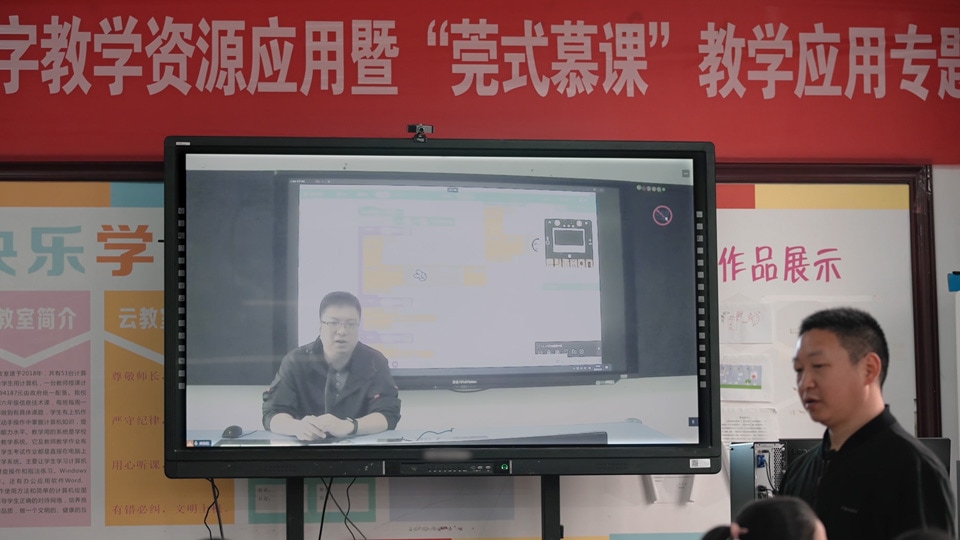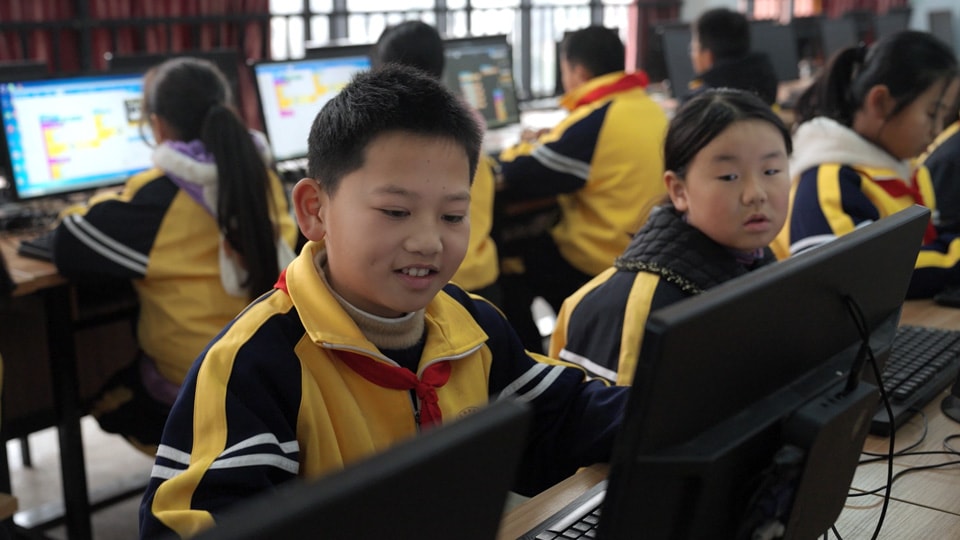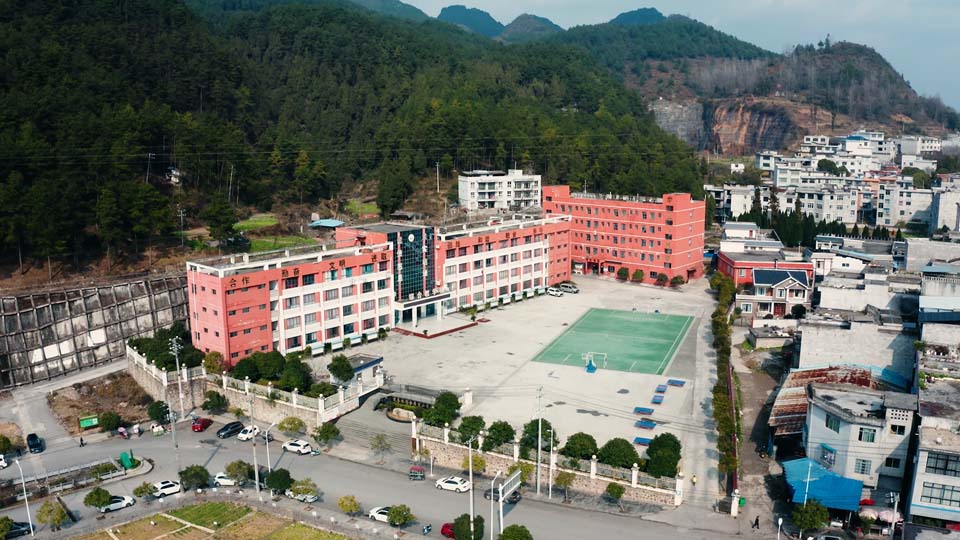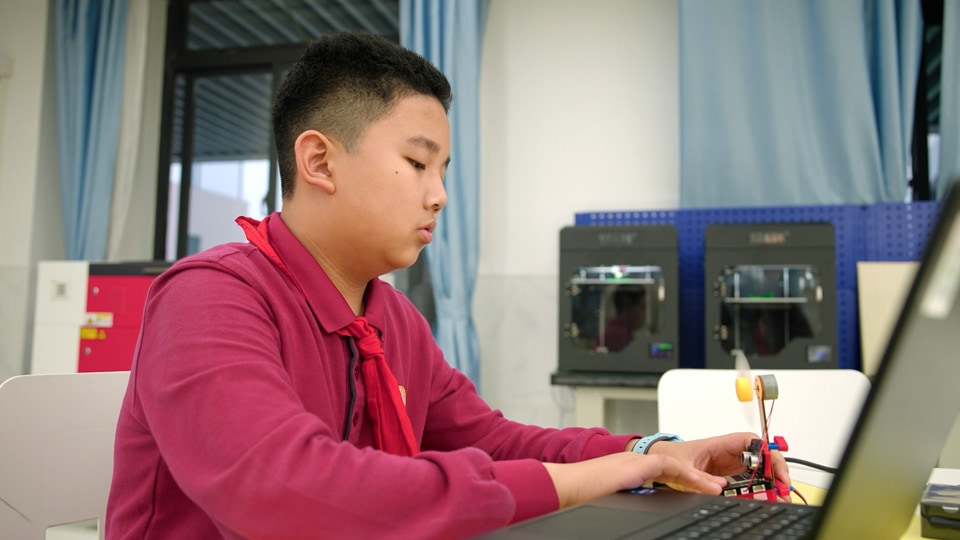No school left behind, even the most remote ones, with smart education
(Posted March 2024) Neglected and isolated is the way many students in the inland China province of Guizhou may have felt in the past. But today, thanks to communications technologies, kids enrolled in even the remotest of rural schools can get a quality education on par with what’s available in major metropolises like Shanghai or Guangzhou.
See how technology enables kids living in China's most isolated communities to access big-city educational opportunities
Sometimes in 2023, fifth-grade student Peng Yanxin ran to his dad to announce that he had won a prestigious youth science popularization competition. This was while the elder Peng, a migrant worker employed in a Guangdong factory hundreds of kilometers to the east, was visiting his home village in the mountains on the outskirts of Dejiang City, Tongren County, in Guizhou province. He only visits twice a year, leaving his son in the care of his parents the rest of the time.
Unlike his father who has to exile himself to provide for his family, Peng the pupil has access to big-city resources at his school located an hour’s walk away from the village. There, he is routinely taught by Tang Lushen, an IT teacher based in Dongguan, Guangdong province, where educational resources are far richer than in Guizhou. Tang’s expertise complements that of the local Dejiang IT teacher, Tong Fei. The two-instructor approach delivers results, such as the prize Peng earned, that speak for themselves.

Dongguan-based Tang Lushen teaches a class in Guizhou via video. Dejiang IT teacher Tong Fei is to the right of the screen.
“I went to Guizhou in 2022 as a volunteer teacher,” Dongguan’s Tang recalls. “After I returned, I asked myself why we couldn’t share Dongguan’s excellent learning material with Guizhou.”
It could be done. Tang now teaches in Dejiang via a two-way video feed. Technology also enables him to easily share the same teaching material that is available to Guangdong-based educators. In particular, Huawei worked with the city of Dongguan (where one of the company’s largest R&D centers is located) to build two digital education platforms: Guanyixue and Guangjiaotong. The two sophisticated tools, serving 1.8 million students in over 1,900 Guangdong schools (and now Guizhou ones as well), contain recorded lessons and an abundance of supplementary materials. The two platforms also enable teachers to monitor the progress of each student, whether it’s onsite in the classroom or remotely. This is one of the reasons that Tang can still be an effective teacher to students in Guizhou even after returning to Dongguan.

Students feel engaged by the digital resources available to them
Before getting access to the resources that Dongguan now provides, the Dejiang elementary school didn’t teach coding to its young students; it only introduced some general principles of programming. Now students even learn how to make robots. And even though he’s no longer on-site, Tang remains one of the school’s favorite teachers for many students.

The Dejiang school in Guizhou province. In the mountains nearby are small villages where kids used to enjoy only a basic education.
The two-instructor approach implemented in Dejiang with the support of Dongguan digital education platforms allows teachers to go in-depth, as needed, to better support students, observes Chen Aihua, Principal of Huangcaolang Elementary School in Dongguan. It’s this combination of teachers and digital platforms that is effective, she points out.
Even though he’s still in elementary school, Peng sees the skills he’s learning as opening new possibilities for him. “My father works in a lamp factory,” he says. “If I go to a big company, the skills I have will help for sure.”

Peng Yanxin coding and making a robot

